Pulsed ElectroMagnetic Field therapy, also known as PEMF, is a drug-free, non-invasive, pain-relief alternative treatment, which also promotes accelerated healing for ailments and injuries. PEMF therapy improves sleep, mental focus, and the body's overall performance by helping the energy output and regeneration of the body's cells. In several of my previous videos, I described ways to make such a device yourself. Due to the great interest and many questions that were asked to me in the previous period, I decided to make this video in which I will try to explain the working principle and its components in a very simple way, so that those readers who only have basic technical knowledge could understand what it is about. I will also describe to you the simplest way so far, to make such a device yourself and try the effects of this type of therapy.
I want to emphasize that I am not a medical person and I will not discuss the effects, although I personally have positive experiences. However, I can confirm (which is also scientifically proven) that this type of low-frequency magnetic flux therapy does not have any negative health effects, except for persons where it is contraindicated (Pregnancy, Pacemakers, bleeding, Active tuberculosis, Malignancies). In fact, MRI imaging uses magnetic fields that are thousands of times stronger than those at PEMF and we all know that this imaging is completely harmless
Each PEMF device basically consists of three parts:
- Square wave generator
- Amplifier of this signal,
- and a coil that generates the magnetic flux
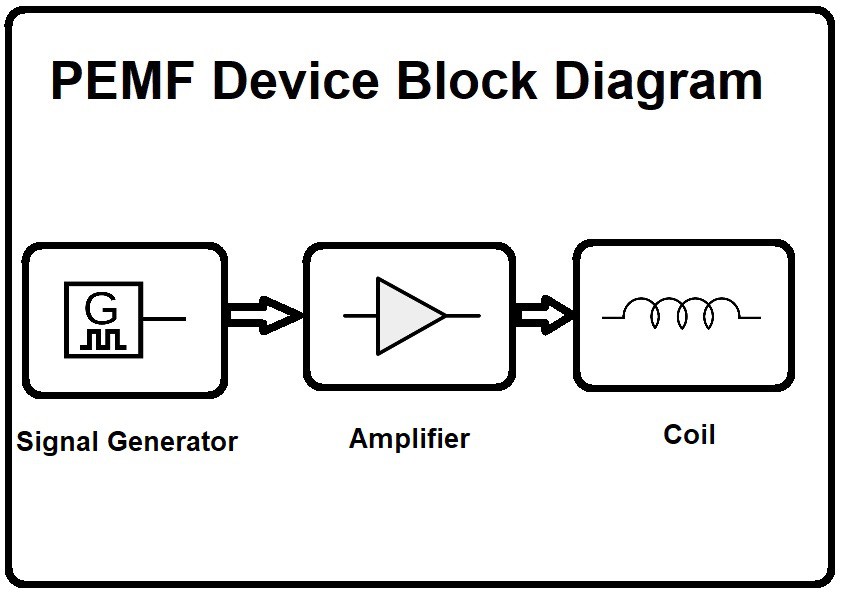
If you want to make your own PCB for this project, or for any other electronic project, PCBway is a great choice for you. PCBway is one of the most experienced PCB manufacturing company in China in field of PCB prototype and fabrication. They have a large online community where you can find a Open Source projects, and you can also share your project there. From my personal experience I can tell you that on this community you can find many useful projects with alredy designed PCBs, from where you can place an order directly.

Many devices can be used as a source of rectangular pulses:
Several versions of this small signal generator can be purchased for less than $10. This is a great little device and is suitable if we have some experience building electronic devices, so we can make an independent PEMF device. In addition to selecting the frequency, we can also control the duty cycle, which should normally be around 10-50%.
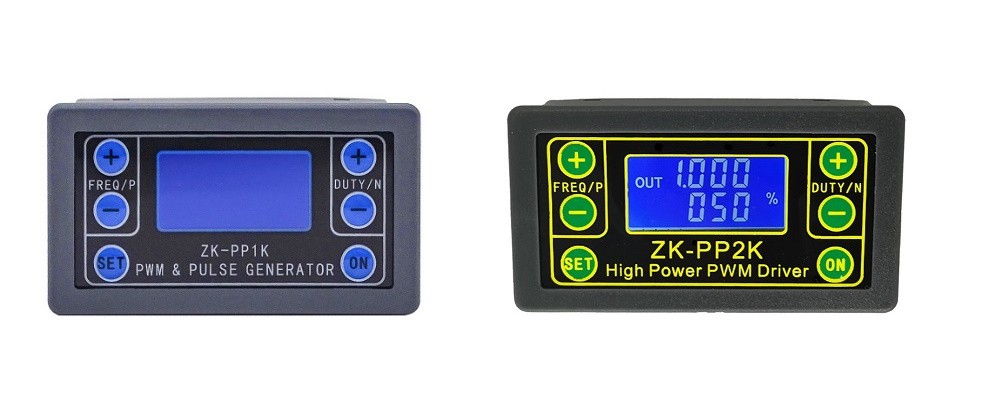
Many devices can be used as a source of rectangular pulses:
Several versions of this small signal generator can be purchased for less than $10. This is a great little device and is suitable if we have some experience building electronic devices, so we can make an independent PEMF device. In addition to selecting the frequency, we can also control the duty cycle, which should normally be around 10-50%.
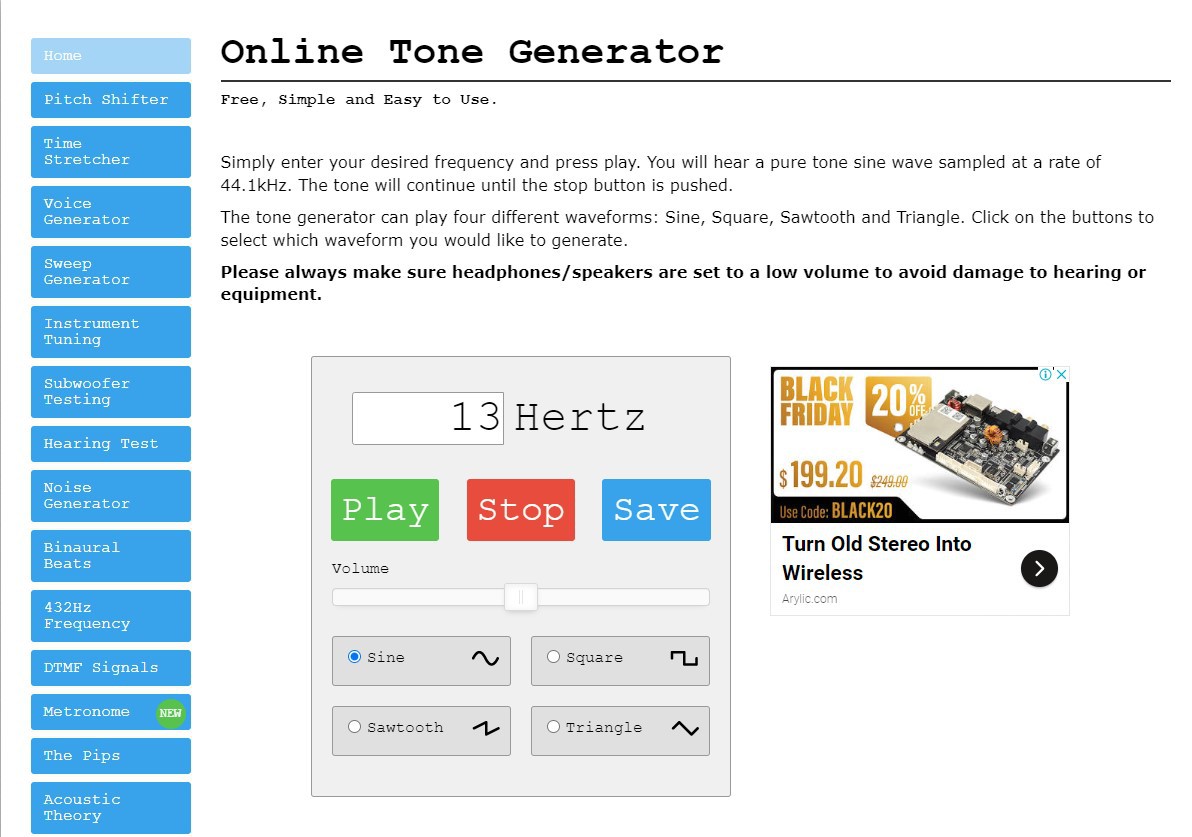
We just need to enter the desired frequency (otherwise for commercial PEMF devices frequencies between 6 and 70 Hertz are common), then we select most often a rectangular,triangular, or sawtooth shape of the signal, and press Play.
It is interesting that here we also have the option to save the given frequency in a file with a duration of 10 seconds, and then we can transfer this file to an SD card and play it through any MP3 player, while we have to turn on repeat the option.
However, I think the most elegant option is to use a mobile phone as a signal source for the PEMF therapy device. The smartphone is always at hand, and there are wonderful free applications for this purpose. To begin with, I will suggest a small, simple and practical application called simply Signal Generator from XYZ-Apps, which you can install for free on Google Play. Also we can experiment with triangular and sawtooth signals. If we have a Bluetooth amplifier,...
 mircemk
mircemk
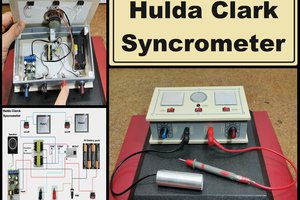
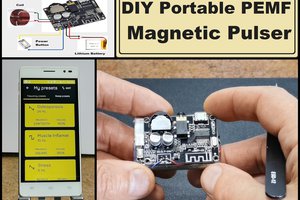
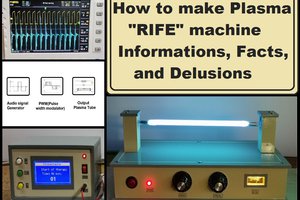
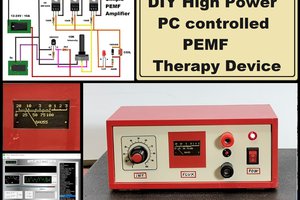
Your excellent posts have inspired me to try to build my own device. I am by no means an expert with electronics and I was wondering how do you check the PWM signal output from the class D amp. I am putting 10kHz into a TPA3116D2 and getting a 350Hz dominant signal out. The audible signal nevertheless, sounds the same as the input !